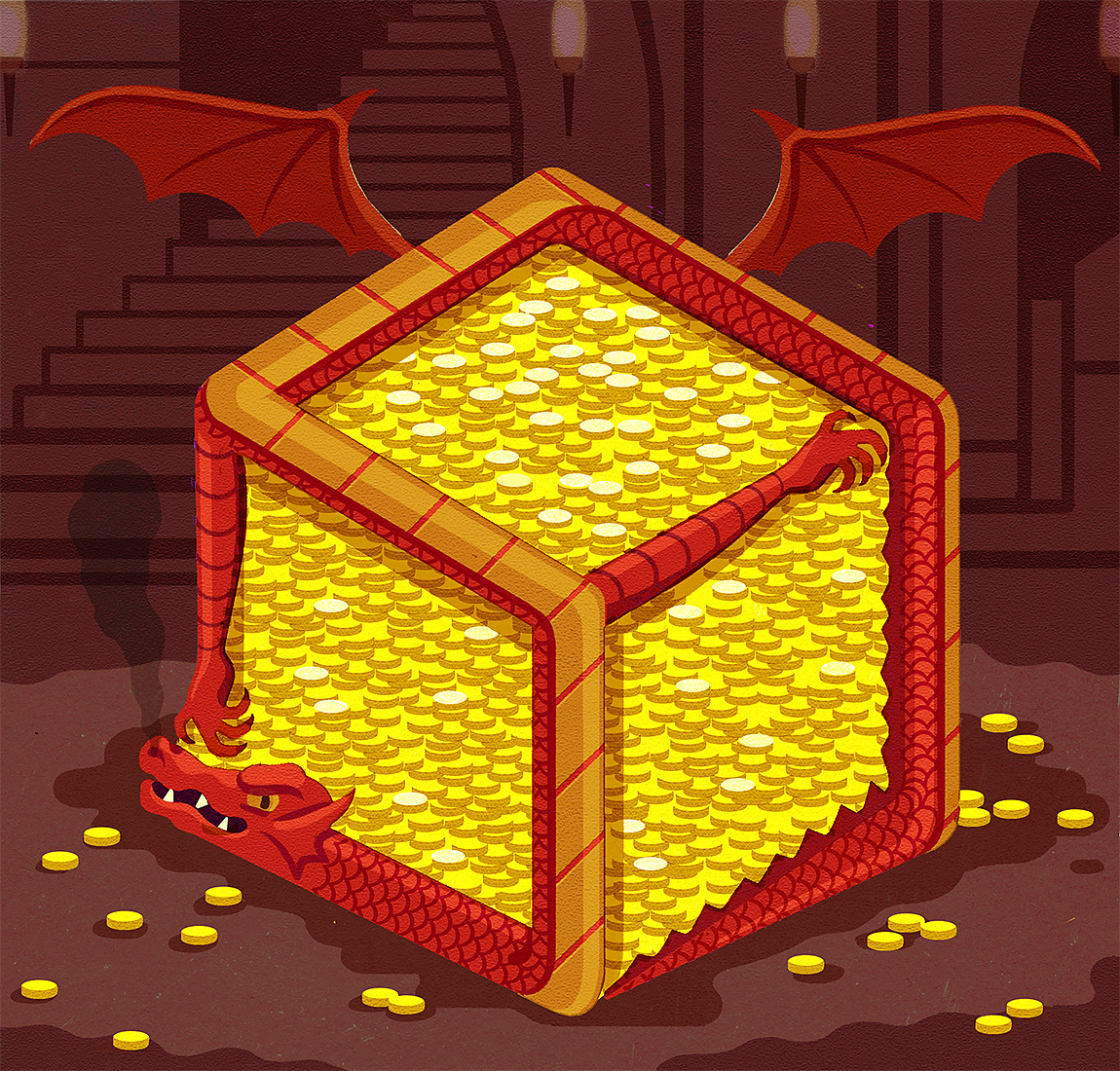Like the printing press, digital technology enables information to be easily copied and shared. But that characteristic has drawbacks. As any musician could tell you, it has the effect of devaluing digital assets.
But there is a 12-year-old technology that turns digital assets into something impossible to replicate and that belongs to a single assigned owner, just like a physical asset. It’s called blockchain, and it might wind up changing the way you move money and safeguard your information.
Its promise lies in making your information and digital valuables more like physical riches — portable and trustworthy, like a $5 bill. Blockchain enables individuals and companies to interact with each other directly. It has the potential to spread the benefits of the digital economy more evenly than before, according to Don Tapscott, ’78 MEd, ’01 LLD (Honorary), a business strategist and executive chairman of the Blockchain Research Institute. He’s the author of Supply Chain Revolution: How Blockchain Technology Is Transforming the Global Flow of Assets.
“It removes the need for intermediaries, like banks and credit card companies,” Tapscott says. “Instead of a bank account, you can hold your money in a thumb drive or a digital wallet in the cloud.” That lowers barriers to participation in the economy (having no bank account, or holding tenuous title to one’s land) and returns control of personal data to individuals. Instead of Amazon and Facebook monetizing your personal data, you could hold it yourself and dole it out stingily.
How It Works
At its heart, blockchain is a “distributed ledger” technology. It resides on many computers interacting peer to peer, with no one in charge. The technology was built to support a cryptocurrency called bitcoin.
Imagine you want to buy a widget from a vendor. You don’t send your money to a bank, which sends it to the vendor; you deal directly with the vendor. You post your transaction. It is validated and grouped with other transactions that have been posted and validated during a 10-minute span surrounding the posting. The group is recorded in a block (just a bundle of data) and is assigned a unique code called a hash. The block also contains the hash of the previous block, which contains the hash of the previous block, kind of like links in a chain. This is what makes a chain of blocks so secure and immutable; tampering with the data in the block that records your widget purchase would require altering every block, on millions of computers — all but impossible!
Users called miners support the system by solving problems to validate each block, every 10 minutes, earning them digital currency for each one they validate. But you don’t have to be a miner, or a widget buyer, to use blockchain technology.
Other Uses
Other digital assets
Some musicians, such as Pitbull, are experimenting with blockchain to sell their music. It means the proceeds go to them, rather than the streaming service and record label. Any digitized intellectual property can theoretically be shared in limited quantities by the creator, on their own terms, using blockchain: music, images, books, inventions, scientific discoveries.
Smart contracts
Blockchain has already been used as a way to record transactions involving tangible items such as food (to trace potential contamination), diamonds (to ensure conflict-free provenance) and real estate.
Personal data
Blockchain could let individuals keep their own data (e.g., medical records and personal data) and only give out as much as is required for the transaction at hand. “If we don’t control our data — which we create from our bodies, our behaviour, our transactions — then our data is being captured by these digital conglomerates and governments,” Tapscott says. “They’re getting rich from our data.”
One-time uses
Using blockchain, an organization or government could give people an entitlement that can be used only once, such as a vote in an election.
Risks and Limitations
Scalability
Blockchains on the bitcoin network currently require computers to record and rule on every transaction. That’s a hugely redundant use of computing power and limits the speed at which transactions close. One potential solution is “sharding,” whereby the work of recording each transaction is partitioned out to a smaller subset of computers.
Hacks
Blockchain’s greatest advantage may be relative security, but no digital network is unhackable, as some cryptocurrency holders have discovered. The software apps used on top of blockchain architecture are even more vulnerable. You also have to wonder how a network designed in 2008 will hold up years hence.

We at New Trail welcome your comments. Robust debate and criticism are encouraged, provided it is respectful. We reserve the right to reject comments, images or links that attack ethnicity, nationality, religion, gender or sexual orientation; that include offensive language, threats, spam; are fraudulent or defamatory; infringe on copyright or trademarks; and that just generally aren’t very nice. Discussion is monitored and violation of these guidelines will result in comments being disabled.